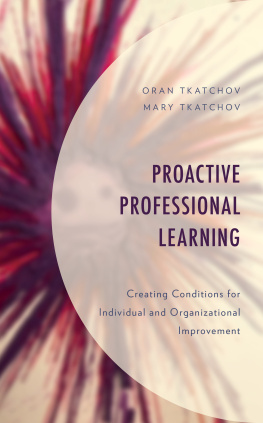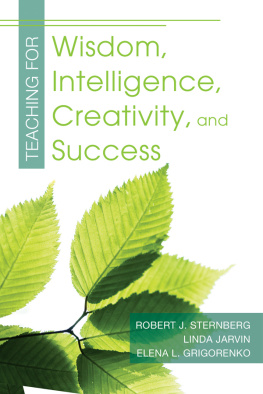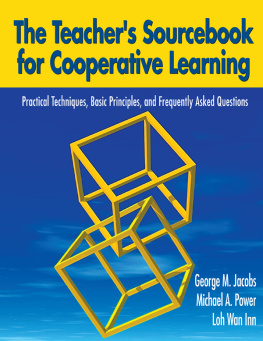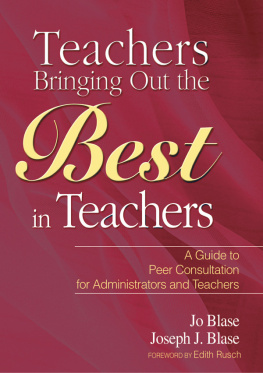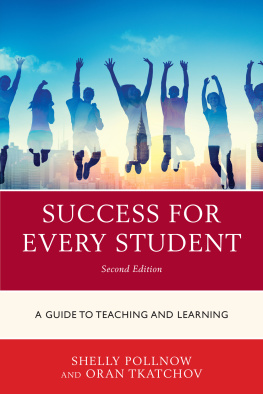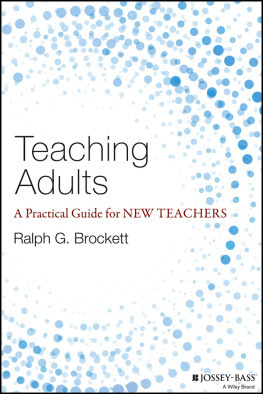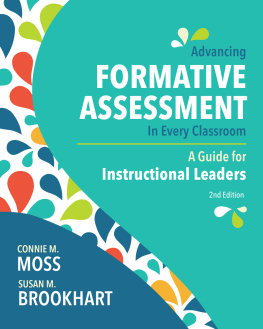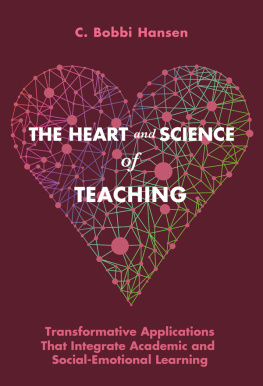About the Authors
Oran Tkatchov holds an MEd degree in educational leadership . He is a former middle school teacher, high school teacher, charter school director, and provider of professional development and school improvement resources.
Shelly Kraynow Pollnow holds an MEd degree in curriculum and instruction and has spent her education career in Arizona. She is pursuing her doctorate from Arizona State University where her topics of interest include effective implementation of professional development at the classroom practice level.
Acknowledgments
The authors would like to thank the following: Past and present coworkers, Alex, Luba, Tya, Diane, Kristen, and the rest of the Tkatchov/Korostil family, Dave and Meagan Pollnow, John and Mary Louise Kraynak and family, Geri and Jim Borgen, Amanda Pfau, Anita Archer, Cheryl Lebo, and Phyllis Schwartz.
Appendix A
Important Vocabulary Teachers Need to Know
Accountability: Responsibility to someone or for some activity.
Accuracy: The ability to recognize words when they are read.
Achievement Gap: The inequality on a number of educational measures between the performance of groups of students, especially groups defined by gender, race/ethnicity, and socioeconomic status.
Active Engagement: Instructional activities involving students in doing things and thinking about what they are doing.
Active Learning : anything course-related that all students in a class session are called upon to do other than simply watching, listening and taking notes.
Assessment: Methods used to judge the performance of an individual, group or organization.
Automaticity: Acting or done without volition or conscious control; involuntary.
Balanced Assessment System: A variety of assessments are used, for a variety of purposes and communication about results facilitates student involvement and ownership of learning.
Baseline Data: Data collected to establish and understand the existing conditions before any kind of experimental manipulation begins.
Benchmark: A standard for judging a performance.
Check for Understanding: When a teacher gauges what students are getting and what they need to work on more.
Choral Reading: The entire class is reading the same thing at the same time.
Classroom Management: The provisions and procedures necessary to establish and maintain an environment in which instruction and learning can occur.
Cloze Reading: The teacher reads the passage, but occasionally stops on a word and the class is expected to say that word out loud.
Common Formative Assessment: An assessment typically created collaboratively by a team of teachers responsible for the same grade level or course. Common formative assessments are frequently administered throughout the year to identify (1) individual students who need additional time and support for learning, (2) the teaching strategies most effective in helping students acquire the intended knowledge and skills, (3) program concernsareas in which students generally are having difficulty achieving the intended standardand (4) improvement goals for individual teachers and the team.
Criteria: A principle or standard by which something may be judged or decided.
Criterion-referenced Grading: Grading in which a student gets scored based on what criteria they complete.
Curriculum: A blend of educational strategies, course content, learning outcomes, educational experiences, assessment, the educational environment and the individual students learning style, personal timetable and program of work.
Curriculum Alignment: Assuring that the material taught in the school matches the standards and assessments set by the state or district for specific grade levels.
Curriculum Map: A spatial representation of the different components of the curriculum so that the whole picture and the relationships and connections between their components are easily seen.
Curriculum Mapping: The process where each teacher records the content, that is actually taught, how long it is taught and how they are assessed and aligned to academic standards.
Data: Information, especially information organized for analysis or used to reason or make decisions.
Decoding: The reader is able to understand the sounds that match the symbols and can sound out a word.
Diagnostic Assessment: An assessment that occurs at the beginning of the teaching/learning cycle. This type of assessment will provide the teacher with an understanding of the prior knowledge and skills a student brings to a unit, as well as the strengths and specific learning needs of an individual or groups of students in relation to the expectations that will be taught. Diagnostic assessment is conducted prior to and during teaching and learning to determine:
- what existing knowledge, skills, attitudes, interests, and/or needs the student has
- the range of individual differences
- what program plans and/or modifications are required to meet the needs of individuals or groups of students
Differentiation of Instruction: instructional approaches varied and adapted in relation to individual and diverse students.
Direct Instruction: The explicit teaching of a skill-set using teacher-led instruction or demonstrations of the material, rather than exploratory models such as inquiry-based learning.
Dyslexia: A disability that affects the processing of language in reading, writing, spelling and speaking, usually by reading letters backwards.
Evaluation: The process of examining a subject and rating it based on its important features.
Fluency: To do something accurately and fluidly.
Formative Assessment: Evaluation of student learning that aids understanding and development of knowledge, skills and abilities without passing any final judgment (via recorded grade) on the level of learning.
Grade Inflation: When students are given higher grades that they actually should.
Guaranteed and Viable Curriculum: A plan of what the teacher will teach and what the students will learn. The learning is based on an academic standard, can be taught in the time provided, and has explicit and specific objectives for every subject area, grade level, and course.
Individualized Education Program (IEP): A written educational plan that is developed by a team of professionals, educators, and parents concerned with the education of a special needs person.
Imagery: Visually descriptive.
Knowledge: A collection of facts and information acquired through experience or education or (more generally) the theoretical or practical understanding of a subject.
Needs Assessment: A systematic study that incorporates data and opinions from varied sources in order to create, install and evaluate educational and informational products and services.
Norm-referenced Grading: A type of grading that compares a students performance to the performance of other students within the class.
Outcomes: The intended results of schooling. What students are supposed to know and be able to do.
Pedagogy: The art and language of teaching.
Portfolio: A collection of student work chosen to represent and document a students progress over a period of time.
Research-based: The use of rigorous, systematic, and objective methodologies to obtain reliable and valid knowledge.
Results: A consequence, effect, or outcome of something
Rubric: An explicit set of criteria used for assessing a particular type of work or performance.
Scaffold: Any of or combination of cognitive and metacognitive tools or strategies used in instruction either by human or computer-based tutors to help learners gain an understanding that would not be possible by the learner alone
School Climate: Multidimensional aspects of a school encompassing both characteristics of the school and perceptions of the school as a place to work and learn.


